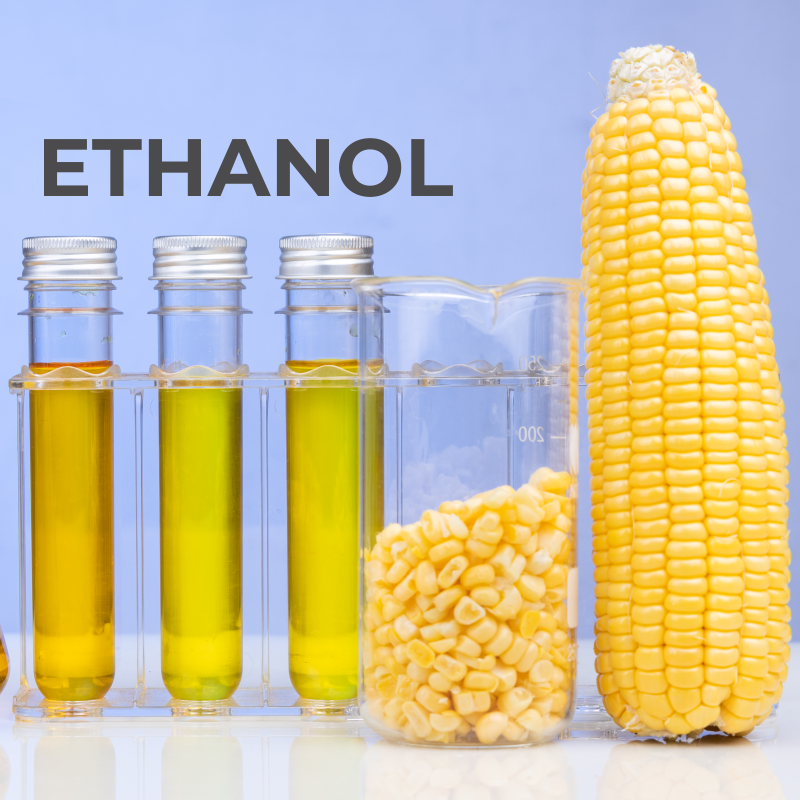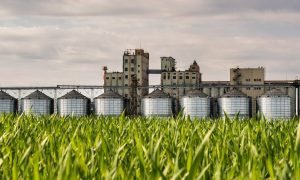Climate emergency may channel millions in resources toward corn-based ethanol in the Amazon

The American agribusiness magnate Bruce Rastetter, who is already the biggest producer of corn-based ethanol in Brazil, has plans to triple processing at his plants by relying on the generosity of governments and banks with green credits and incentives destined to combat climate change.
In 2021 and 2022, Rastetter’s businesses received more than 2.2 billion reais ($459 billion) in offsets and credits from compliance with environmental targets through FS Agrisolutions. All this money went to Rastetter’s ethanol plants in Mato Grosso, as well as resources from the National Economic and Social Development Bank (BNDES).
Now, the company plans to further leverage its businesses by selling itself as a negative carbon producer. Its promise is to implement a system for capturing carbon from plants and storing the gas below ground.
The system is called CCS (carbon capture and storage), and it was considered by the Intergovernmental Panel on Climate Change (IPCC) to be an option for the mitigation of climate change. Nevertheless, over the years, the system still hasn’t proven to be effective on a large scale. In more recent bulletins, the IPCC warned that the capture of carbon is facing various restrictions in terms of viability, including high implementation costs, as well as demonstrating adverse impacts on human rights and ecosystems.
What Rastetter is trying to implement in Brazil is practically a copy of the Midwest Carbon project that he is spearheading in the United States with a promise to capture 12 million tons of carbon in ethanol plants. The gas will be captured in five states and transported through pipelines over more than 3,000 kilometers (1,860 miles) to North Dakota, where it will be injected into geological structures.
In Lucas do Rio Verde, Mato Grosso, FS obtained a license to drill in order to “evaluate the potential for injectivity,” according to the company. This region is located where the Pantanal, the Amazon and the Cerrado biomes meet, all of which are endangered biomes and locations where Rastetter has plants.
In the Amazon and the Pantanal, the cultivation of sugar cane has been banned to prevent the production of ethanol from encouraging deforestation and encroachment on protected areas. With the prohibition of cane, corn entered into the picture, especially in Mato Grosso. The production of the grain quadrupled in a little more than one decade, from 9.58 million tons in 2011-12, to the more than 46 million tons expected for the 2022-23 season.
Part of this production fuels 11 plants in the state, accounting for 80% of corn-based ethanol in Brazil.
“Corn appears as a substitute for biofuels because sugar cane is prohibited in the Amazon and the Pantanal. The plantations of corn, sugar cane, and palm in rainforest areas aren’t clean as promised, they cause deforestation and don’t fix carbon. They can’t be sold as environmental solutions,” states Lucas Ferrante, a PhD in ecology from the National Institute for Amazon Research (INPA).
In five years, the national market for corn-based ethanol has grown 800%. FS became a leader in the segment and is the fourth largest producer of biofuel in the country, competing with giants in the sugar-alcohol sector such as Raízen and BP Bunge.
With a third plant recently inaugurated in Primavera do Leste, also in Mato Grosso state, and with new units forecast in coming years, FS doesn’t intend to slow its demand for more and more corn plantations and planted forests — which are used for fueling the boilers, which in addition to ethanol produce energy and material for animal feed.
The company projects that it will triple its current production of 1.4 billion liters (370 million gallons) of ethanol per year and hit 5 billion liters (1.32 billion gallons) in 2026. For the country, the Energy Research Company (EPE) is forecasting that it will reach 9.1 billion (2.4 billion gallons) in 2032.
One of the arguments FS uses to justify its green certificates is that a good part of the processed corn in its plants is interim harvest, which shares the same plots as the soybeans from the first harvest, having less influence in farming than a change in the use of soil.
Currently, temporary plantations — which include the cultivation of soybeans and corn — occupy an area of 12 million hectares (29.6 million acres) in Mato Grosso, which is greater than the entire state of Amapá. Half of these plantations, 6 million ha (14.8 million acres), were opened up in deforested areas over the last 20 years, according to data from MapBiomas.















